Home>Storage & Organization>Decluttering Tips & Tricks>How To Declutter For A Move
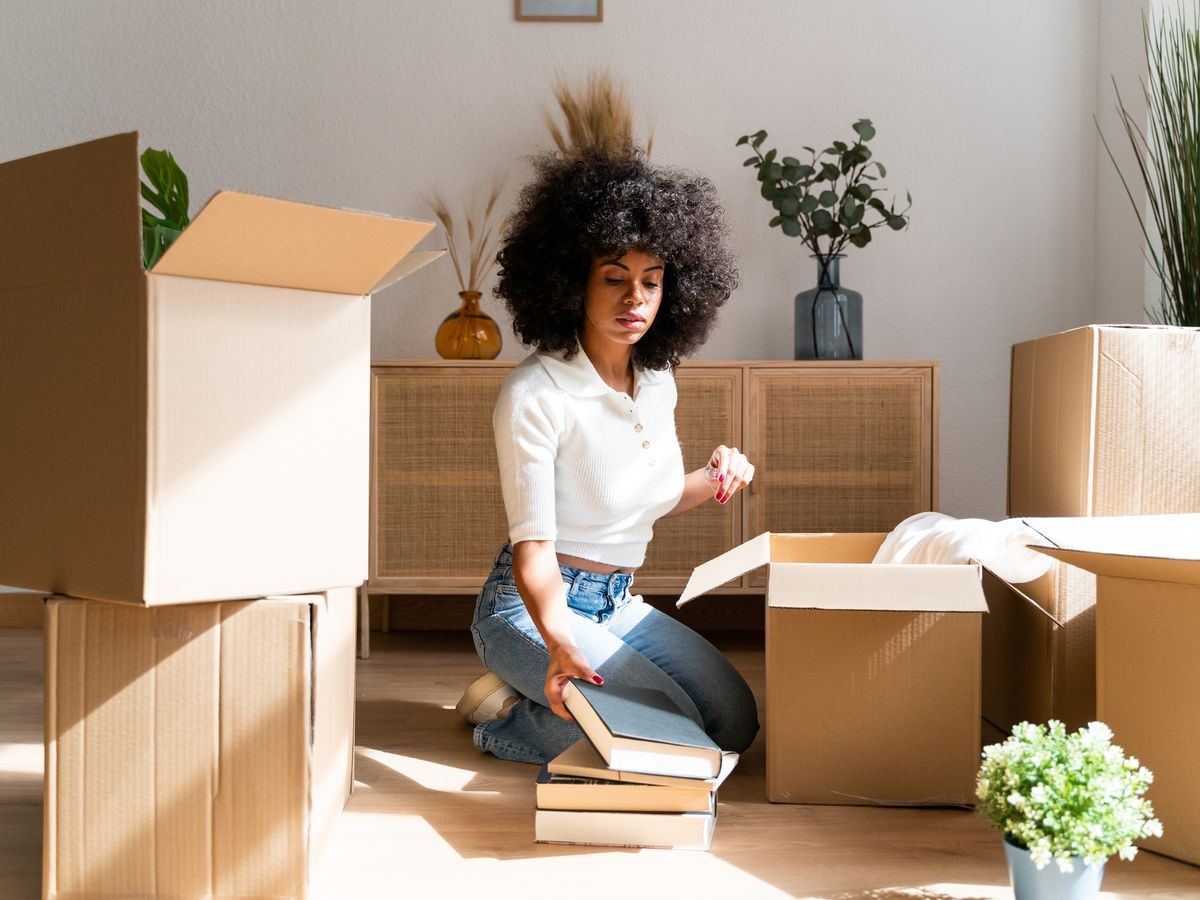

Decluttering Tips & Tricks
How To Declutter For A Move
Modified: August 30, 2024
Discover expert decluttering tips and tricks to make your move stress-free. Streamline your packing process with our proven decluttering strategies.
(Many of the links in this article redirect to a specific reviewed product. Your purchase of these products through affiliate links helps to generate commission for Storables.com, at no extra cost. Learn more)
Introduction: The Importance of Decluttering Before a Move
Introduction: The Importance of Decluttering Before a Move
Embarking on a move to a new home is an exciting chapter in life, offering a fresh start and new opportunities. However, the process of packing up and relocating can be overwhelming, especially when contending with a multitude of belongings. This is where the significance of decluttering before a move comes into play. Decluttering is not merely about tidying up; it is a strategic approach to streamlining your possessions, ensuring that you only take with you what truly matters. By decluttering before a move, you can alleviate stress, save time and money, and set the stage for a seamless transition to your new abode.
As you prepare for this significant change, taking the time to declutter will not only simplify the moving process but also provide a chance to evaluate your belongings and make mindful decisions about what to keep, donate, or discard. This proactive approach to decluttering will not only benefit your upcoming move but also set the tone for a more organized and harmonious living space in your new home.
Throughout this article, we will explore the various aspects of decluttering before a move, including assessing your belongings, creating a decluttering plan, sorting and organizing, selling and donating, disposing of unwanted items, and packing and moving. By delving into these key areas, you will gain valuable insights and practical tips to streamline the decluttering process and pave the way for a successful and stress-free move.
Assess Your Belongings: Taking Stock of What You Own
Key Takeaways:
- Decluttering before a move helps you make mindful decisions about what to keep, donate, or discard, creating a more intentional and organized living space in your new home.
- By decluttering, you not only prepare for the move but also contribute to sustainability, support community initiatives, and pave the way for a smooth and organized transition to your new home.
Read more: How To Declutter A Room
Assess Your Belongings: Taking Stock of What You Own
Before diving into the decluttering process, it’s essential to take stock of your belongings. Begin by surveying each room in your home, including closets, cabinets, and storage areas. As you assess your possessions, consider their practicality, sentimental value, and frequency of use. This initial step allows you to gain a comprehensive understanding of the items you own, enabling you to make informed decisions about what to keep, donate, or discard.
Identifying Items to Keep, Donate, or Discard
As you evaluate your belongings, categorize items based on their relevance to your current and future needs. Items that hold sentimental value or are regularly utilized should be earmarked for keeping. Conversely, objects that have outlived their usefulness or no longer resonate with you can be designated for donation or disposal. When determining whether to keep or discard an item, consider factors such as its condition, functionality, and alignment with your lifestyle.
When assessing clothing, for instance, ask yourself if you have worn the item in the past year. If not, it may be time to part ways with it. Similarly, when evaluating household items, consider whether they serve a practical purpose or contribute to the ambiance of your living space. By critically evaluating each item, you can streamline your possessions and curate a collection that truly enhances your daily life.
Furthermore, as you identify items to keep, donate, or discard, it’s important to approach this process with a discerning mindset. While sentimentality can influence our attachment to certain belongings, it’s beneficial to strike a balance between preserving meaningful items and decluttering the excess. This approach allows you to create a more intentional and organized living environment while minimizing the burden of unnecessary possessions.
By taking stock of what you own and categorizing items based on their significance and utility, you lay the groundwork for a purposeful and efficient decluttering process. This proactive approach empowers you to make mindful decisions about your belongings, setting the stage for a smoother and more streamlined move to your new home.
Create a Decluttering Plan: Setting a Timeline for Decluttering
Create a Decluttering Plan: Setting a Timeline for Decluttering
Embarking on a decluttering journey without a clear plan can lead to feelings of overwhelm and indecision. To streamline the process and maintain a sense of control, it’s essential to establish a decluttering plan that encompasses a realistic timeline. Setting a timeline for decluttering allows you to allocate dedicated periods for sorting through your belongings, making decisions, and executing the necessary actions, thereby preventing the task from becoming daunting or prolonged.
When crafting your decluttering timeline, consider the size of your home, the extent of your belongings, and the amount of time you can realistically devote to decluttering each day or week. By breaking down the decluttering process into manageable segments, you can avoid feeling burdened by the task and approach it with a sense of purpose and accomplishment.
Allocating Specific Areas for Decluttering
Another pivotal aspect of creating a decluttering plan involves allocating specific areas for decluttering. Designating particular zones or rooms to declutter during each phase of your timeline provides a structured framework for the process. Begin by identifying the areas of your home that require attention, prioritizing spaces based on their significance and the impact of decluttering them.
For instance, you might choose to start with communal areas such as the living room, kitchen, or shared spaces, as these are often central to daily activities and social gatherings. Alternatively, you may opt to tackle private spaces like bedrooms and personal storage areas, where belongings tend to accumulate over time. By strategically organizing your decluttering efforts, you can maintain a sense of order and prevent the process from feeling chaotic or disorganized.
Moreover, as you allocate specific areas for decluttering, consider the potential emotional and physical demands of the task. Balancing more challenging areas with smaller, more manageable spaces can help prevent burnout and sustain your motivation throughout the decluttering journey.
By setting a timeline for decluttering and allocating specific areas for the process, you establish a structured framework that promotes efficiency and progress. This deliberate approach empowers you to navigate the decluttering process with clarity and purpose, ultimately paving the way for a smoother and more organized transition to your new home.
Sorting and Organizing: Tips for Efficiently Sorting Through Belongings
Sorting and Organizing: Tips for Efficiently Sorting Through Belongings
As you delve into the decluttering process, efficient sorting and organizing techniques play a pivotal role in streamlining your possessions and creating a sense of order. By implementing strategic methods for sorting through your belongings, you can optimize the decluttering experience and make informed decisions about what to keep, donate, or discard.
When embarking on the sorting process, consider the following tips to enhance efficiency and maintain momentum:
- Set Clear Criteria: Establish specific criteria for evaluating each item, such as its functionality, sentimental value, and frequency of use. This clarity will guide your decision-making process and prevent indecision.
- Utilize the Four-Box Method: Employ the four-box method, designating containers for items to keep, donate, discard, and relocate. This systematic approach streamlines the sorting process and minimizes backtracking.
- Work in Manageable Increments: Break down larger sorting tasks into manageable increments, focusing on one category or area at a time. This approach prevents overwhelm and allows for steady progress.
- Practice the “KonMari” Method: Embrace the principles of the KonMari method, which advocates for assessing each item’s ability to spark joy. This mindset shift can help you cultivate a deeper connection with your belongings and make more intentional choices.
- Seek External Input: Consider seeking input from a trusted friend or family member during the sorting process. An outside perspective can offer valuable insights and support your decision-making.
Organizing Items into Categories
Once you have sorted through your belongings, organizing items into categories further refines the decluttering process and sets the stage for efficient packing and moving. Consider the following strategies for categorizing and organizing your possessions:
- Categorize by Functionality: Group similar items together based on their practical use, such as kitchenware, clothing, or electronics. This approach facilitates a clear inventory of your belongings and simplifies the packing process.
- Arrange by Frequency of Use: Prioritize frequently used items for easy access and consider storing seasonal or occasional items separately. This distinction ensures that daily essentials remain readily available in your new home.
- Consider Spatial Layout: Take into account the layout of your new home when organizing items, considering factors such as storage space, room dimensions, and functional flow. This foresight can inform your packing and unpacking strategy.
By implementing efficient sorting and organizing techniques, you can navigate the decluttering process with purpose and precision, ultimately setting the stage for a more seamless and organized transition to your new home.
Selling and Donating: Strategies for Selling Unwanted Items
Start by decluttering one room at a time. Sort items into keep, donate, and discard piles. Use the “one year rule” – if you haven’t used it in a year, consider letting it go.
Selling and Donating: Strategies for Selling Unwanted Items
As you declutter your home in preparation for a move, you may encounter items that no longer align with your lifestyle or serve a practical purpose. Rather than discarding these unwanted belongings, consider implementing strategies to sell them, thereby recouping some of their value and minimizing waste.
When it comes to selling unwanted items, the following strategies can facilitate a seamless and rewarding process:
- Online Marketplaces: Utilize popular online platforms such as eBay, Facebook Marketplace, or Craigslist to list and sell items that are in good condition. These platforms offer a broad reach and provide opportunities to connect with potential buyers in your local area.
- Garage Sales: Host a garage sale to showcase and sell a variety of items, from clothing and household goods to furniture and electronics. Promote your sale through local channels and signage to attract interested buyers from the community.
- Consignment Stores: Explore the option of consigning higher-value items, such as designer clothing, accessories, or furniture, at local consignment shops. This approach allows you to tap into an established customer base and benefit from the store’s marketing efforts.
- Online Auctions: Consider participating in online auctions to sell unique or collectible items, leveraging the competitive bidding environment to maximize their value.
Donating to Charity or Giving Away Items
In addition to selling unwanted items, donating to charity or giving away items can imbue the decluttering process with a sense of altruism and community support. By extending the life cycle of your belongings through donation or gifting, you contribute to sustainability and provide opportunities for others to benefit from your preloved items.
- Charitable Donations: Research local charities, shelters, and nonprofit organizations that accept donations of clothing, household goods, and other essentials. By donating to reputable charities, you can support meaningful causes and make a positive impact in your community.
- Freecycling: Engage in freecycling networks or online communities where individuals offer items for free to those who can make use of them. This grassroots approach fosters a spirit of generosity and reduces unnecessary waste.
- Gift to Friends and Family: Consider gifting items to friends, family members, or neighbors who may find value in them. This personal gesture not only strengthens relationships but also ensures that your belongings find new homes where they are appreciated.
By implementing strategic selling and donation methods, you can responsibly manage unwanted items during the decluttering process, contributing to a more sustainable and purposeful transition to your new home.
Disposing of Unwanted Items: Proper Disposal of Hazardous or Non-Recyclable Items
Read more: How To Declutter A Bathroom
Disposing of Unwanted Items: Proper Disposal of Hazardous or Non-Recyclable Items
As you declutter before a move, you may encounter items that are no longer functional, hazardous, or non-recyclable. Proper disposal of these unwanted items is essential to ensure environmental responsibility and safety. By understanding the appropriate methods for disposing of such items, you can uphold sustainable practices and contribute to a cleaner, healthier environment.
When addressing hazardous or non-recyclable items, consider the following disposal strategies:
- Hazardous Waste Disposal: Identify local hazardous waste disposal facilities or collection events where you can safely dispose of items such as batteries, fluorescent light bulbs, paint, pesticides, and electronic waste. These facilities are equipped to handle potentially harmful materials in an environmentally conscious manner.
- Electronic Waste Recycling: Explore electronic waste recycling programs or facilities that accept old electronics, including computers, televisions, and mobile devices. Many communities offer e-waste recycling services to prevent these items from ending up in landfills.
- Medication Disposal: Safely dispose of expired or unused medications by utilizing pharmaceutical take-back programs or following specific guidelines for medication disposal provided by local authorities. Proper medication disposal prevents water contamination and unauthorized use of medications.
- Appliance Disposal: When disposing of large appliances, such as refrigerators, washing machines, or air conditioners, consider contacting appliance recycling centers or arranging for pick-up services offered by waste management companies. These appliances often contain materials that can be recycled or responsibly disposed of.
Recycling Options for Various Materials
When decluttering, you may encounter a multitude of materials that can be recycled to minimize waste and conserve resources. Understanding the recycling options for various materials empowers you to divert recyclable items from landfills and support sustainable practices.
- Paper and Cardboard: Recycle newspapers, magazines, cardboard boxes, and paper products through curbside recycling programs or local recycling centers. Many communities offer convenient paper recycling initiatives to reduce paper waste.
- Plastic and Glass: Sort and recycle plastic containers, bottles, and glass jars according to local recycling guidelines. Many municipalities provide designated recycling bins or drop-off locations for these materials.
- Metal Recycling: Recycle aluminum cans, steel containers, and other metal items through metal recycling facilities or scrap metal collection services. Recycling metal reduces energy consumption and conserves natural resources.
- Textile Recycling: Donate or recycle old clothing, linens, and textiles through textile recycling programs or donation centers. These initiatives support circular fashion and reduce textile waste.
By prioritizing the proper disposal of hazardous or non-recyclable items and leveraging recycling options for various materials, you actively contribute to environmental stewardship and sustainable waste management during the decluttering process.
Packing and Moving: Packing Efficiently After Decluttering
Packing and Moving: Packing Efficiently After Decluttering
After successfully decluttering your home, the next crucial step in preparing for a move is packing your belongings efficiently and strategically. By leveraging the momentum gained from decluttering, you can approach the packing process with clarity and purpose, ensuring a smooth and organized transition to your new residence.
When packing after decluttering, consider the following tips to optimize the process:
- Utilize Quality Packing Supplies: Invest in sturdy moving boxes, packing tape, bubble wrap, and other essential packing materials to safeguard your belongings during transit. Quality supplies provide added protection and peace of mind.
- Label Boxes Clearly: Label each box with its contents and the designated room in your new home. Clear labeling streamlines the unpacking process and helps movers or helpers place boxes in the appropriate locations.
- Pack Strategically: Begin by packing items that are used infrequently, such as seasonal decor, specialty kitchen gadgets, or off-season clothing. Gradually progress to packing everyday essentials, keeping items you’ll need until the move easily accessible.
- Maximize Space: Optimize box space by filling gaps with soft items like linens, towels, and clothing. This not only maximizes space but also provides additional cushioning for fragile items.
- Protect Fragile Items: Wrap fragile items individually in bubble wrap or packing paper and place them securely within boxes. Clearly mark these boxes as fragile to alert movers and prevent mishandling.
- Create an Essentials Box: Pack a separate box containing essential items such as toiletries, medications, important documents, and a few days’ worth of clothing. Keep this box easily accessible for immediate use upon arrival at your new home.
Tips for a Smooth Move
As you prepare for the physical transition to your new home, incorporating these tips can facilitate a seamless and stress-free move:
- Coordinate with Movers or Helpers: If enlisting professional movers or seeking assistance from friends and family, communicate clearly about logistics, timelines, and specific instructions for handling delicate or valuable items.
- Notify Utility Providers: Arrange for disconnection of utilities at your current home and set up services at your new residence. Notify relevant providers of your move to ensure a smooth transition of essential services.
- Complete a Final Walkthrough: Conduct a thorough walkthrough of your current home after packing to ensure nothing is overlooked. Check cabinets, closets, and storage areas to confirm all belongings are accounted for.
- Secure Important Documents: Keep important documents, such as contracts, identification, and moving-related paperwork, in a secure and easily accessible location during the move.
- Arrival Preparations: Prior to moving day, familiarize yourself with the layout of your new home and plan for the placement of furniture and major appliances to expedite the unloading and unpacking process.
By packing efficiently after decluttering and implementing these tips for a smooth move, you can transition to your new home with confidence and ease, setting the stage for a positive and organized beginning in your new living space.
Conclusion: The Benefits of Decluttering for a Move
Conclusion: The Benefits of Decluttering for a Move
As you embark on the journey of decluttering before a move, you not only prepare your belongings for relocation but also cultivate a sense of intentionality and mindfulness that extends far beyond the physical act of organizing. The process of decluttering offers a multitude of benefits that resonate deeply with the transition to a new home, enriching the overall moving experience and setting the stage for a harmonious and organized living environment.
One of the primary benefits of decluttering before a move is the opportunity to evaluate and reassess your belongings, allowing you to curate a collection that aligns with your current lifestyle and future aspirations. By discerningly categorizing items to keep, donate, or discard, you not only streamline the packing process but also create space for new beginnings, unencumbered by unnecessary possessions.
Furthermore, decluttering fosters a sense of clarity and purpose, alleviating the stress and logistical challenges often associated with moving. By implementing a structured decluttering plan and efficiently sorting through your belongings, you gain a renewed sense of control and organization, empowering you to approach the move with confidence and peace of mind.
Embracing the principles of sustainability and responsible consumption, decluttering offers the opportunity to minimize waste and make conscious choices about the disposal of unwanted items. By selling, donating, or properly disposing of belongings, you contribute to environmental stewardship and support community initiatives, thereby leaving a positive impact on your surroundings.
Moreover, the act of decluttering before a move paves the way for a seamless and efficient transition to your new home. By packing your belongings efficiently and strategically, you optimize space, safeguard fragile items, and streamline the unpacking process, ensuring a smooth and organized move that sets the tone for a positive beginning in your new living space.
Ultimately, the benefits of decluttering before a move extend beyond the physical aspects of organizing and packing. This transformative process invites you to embrace mindfulness, intentionality, and sustainability, laying the groundwork for a fresh start and a more purposeful way of living in your new home. By embracing the journey of decluttering, you not only prepare your belongings for the move but also embark on a path towards a more harmonious and fulfilling living environment.
Frequently Asked Questions about How To Declutter For A Move
Was this page helpful?
At Storables.com, we guarantee accurate and reliable information. Our content, validated by Expert Board Contributors, is crafted following stringent Editorial Policies. We're committed to providing you with well-researched, expert-backed insights for all your informational needs.

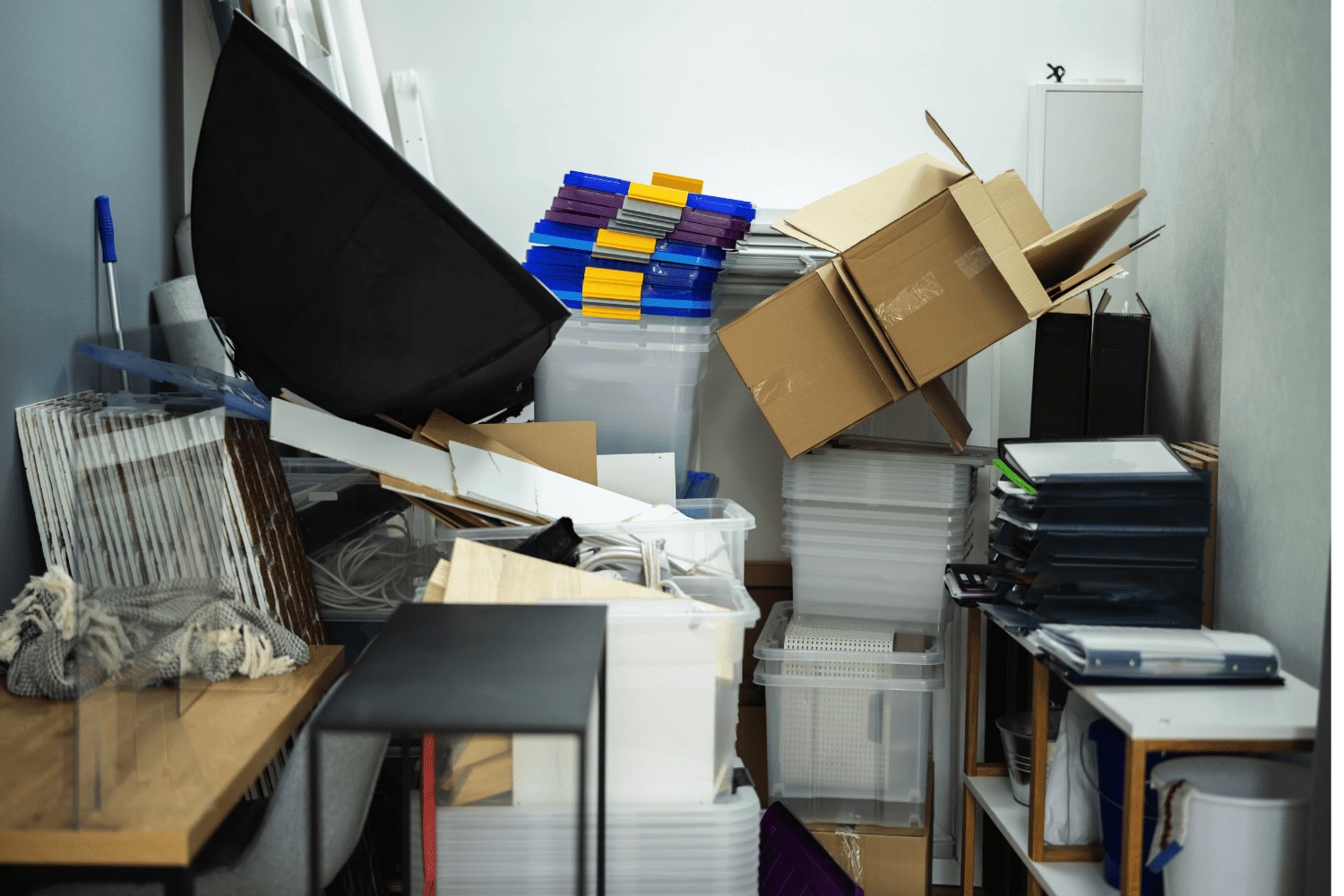
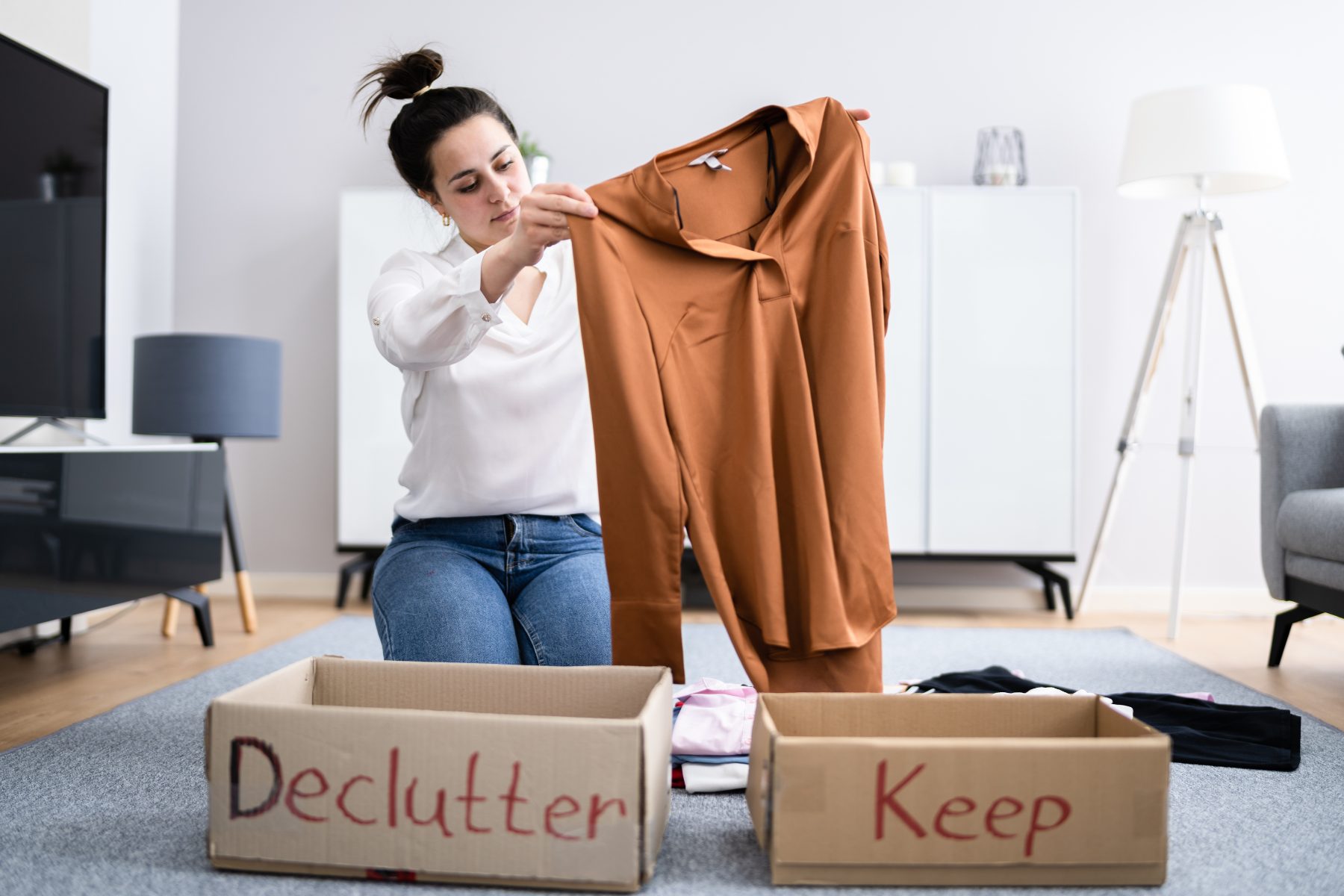


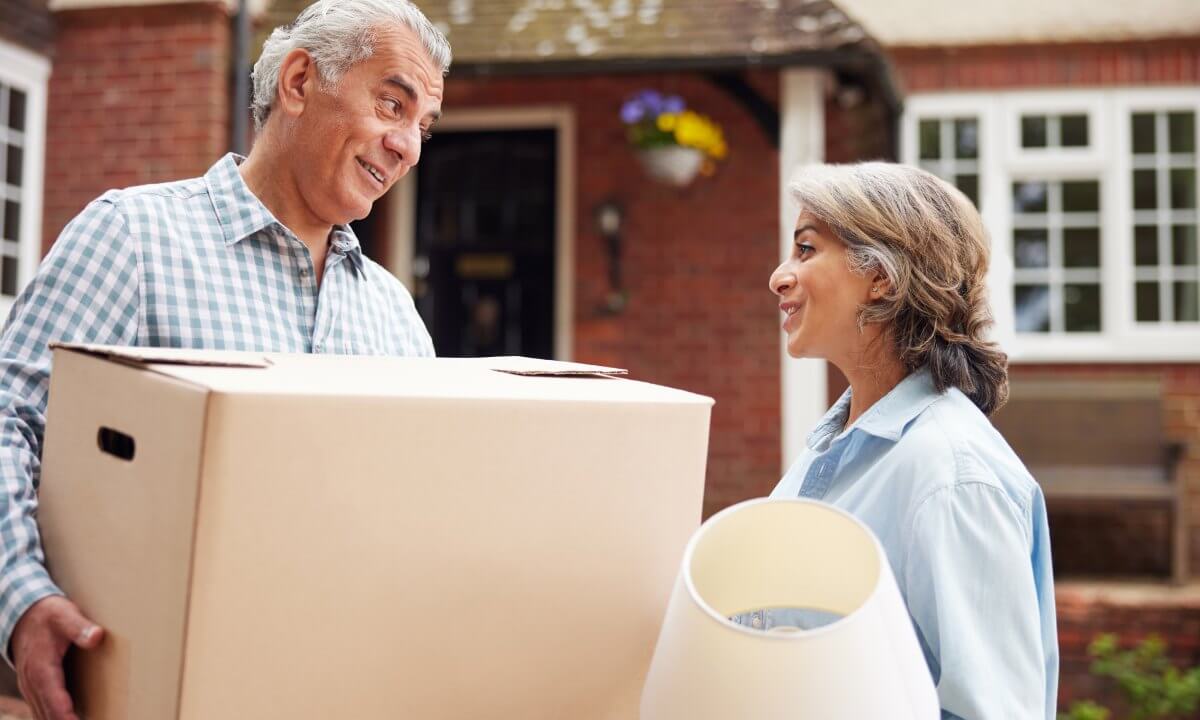
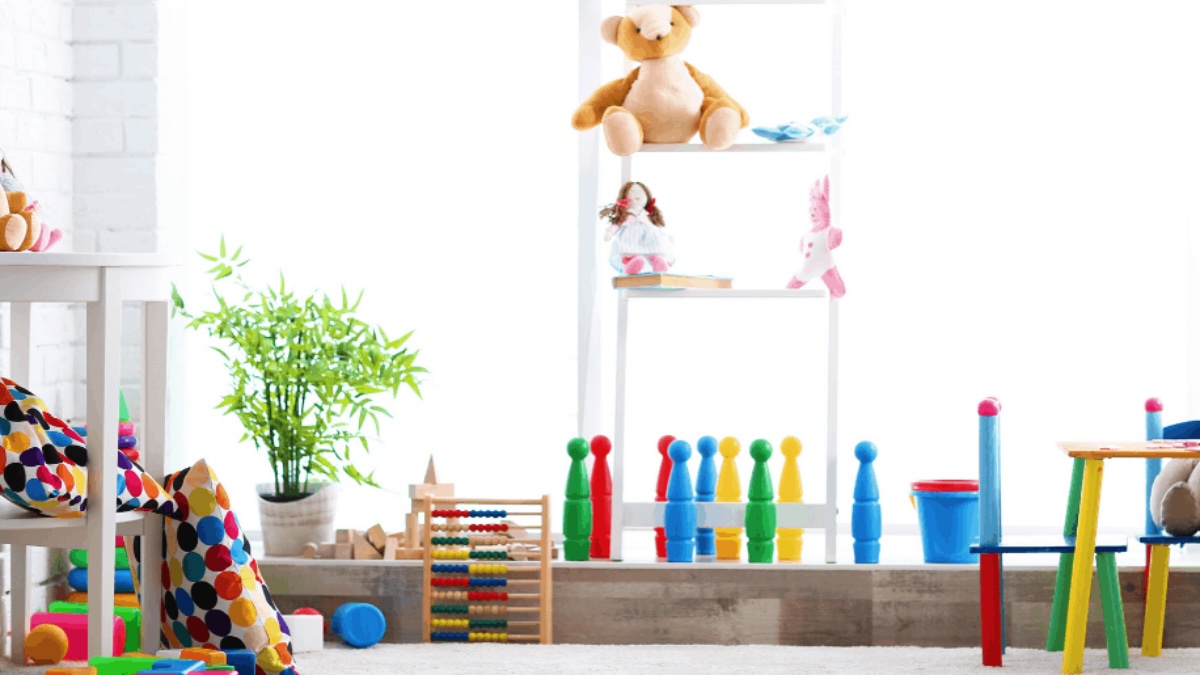
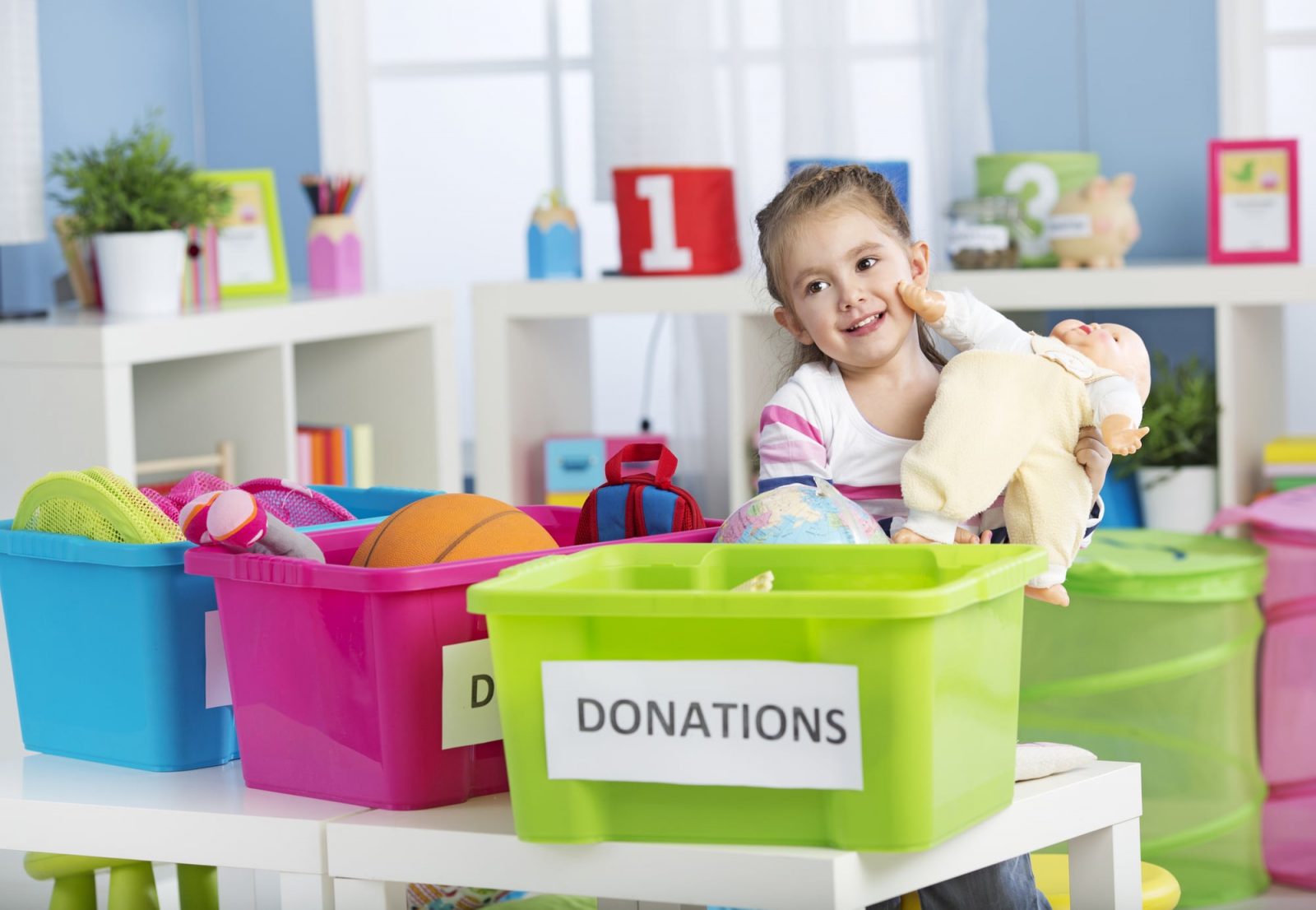
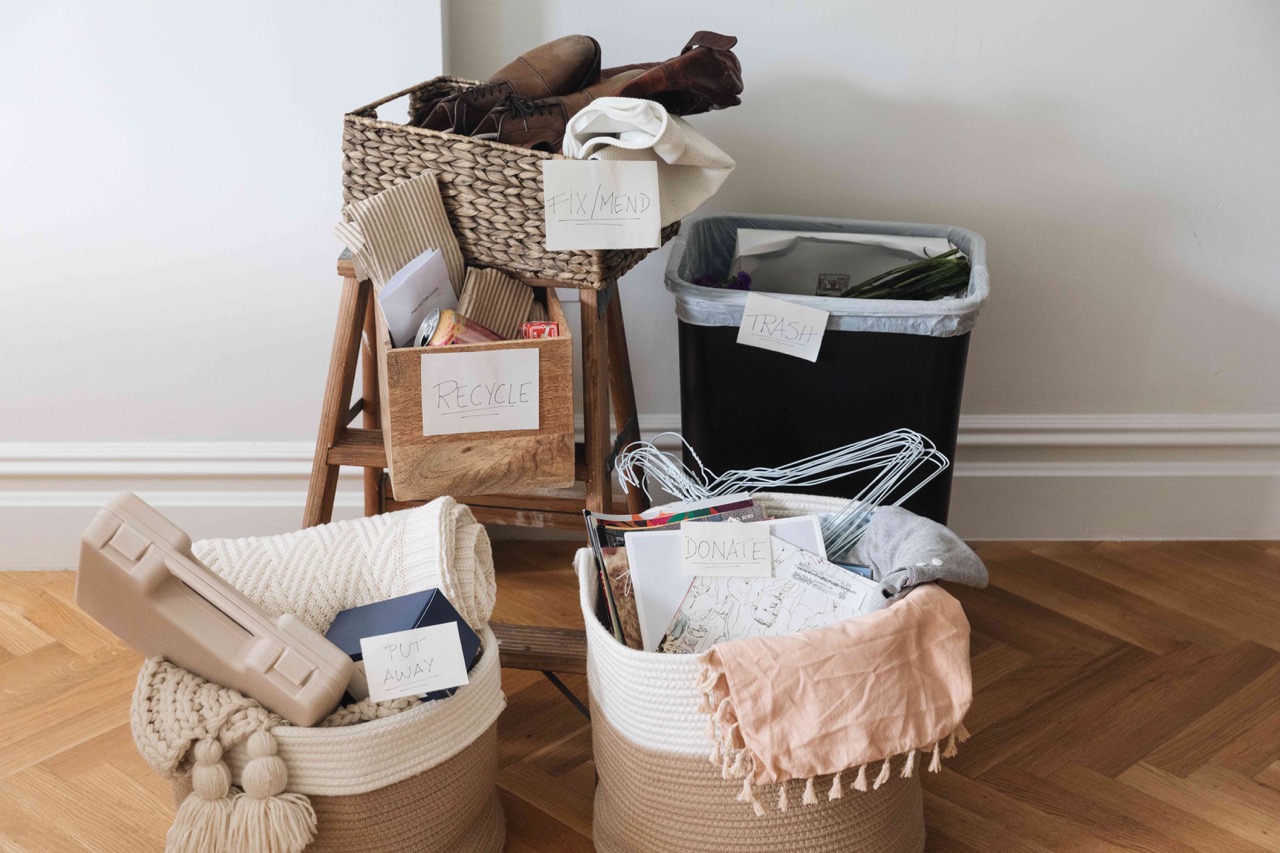

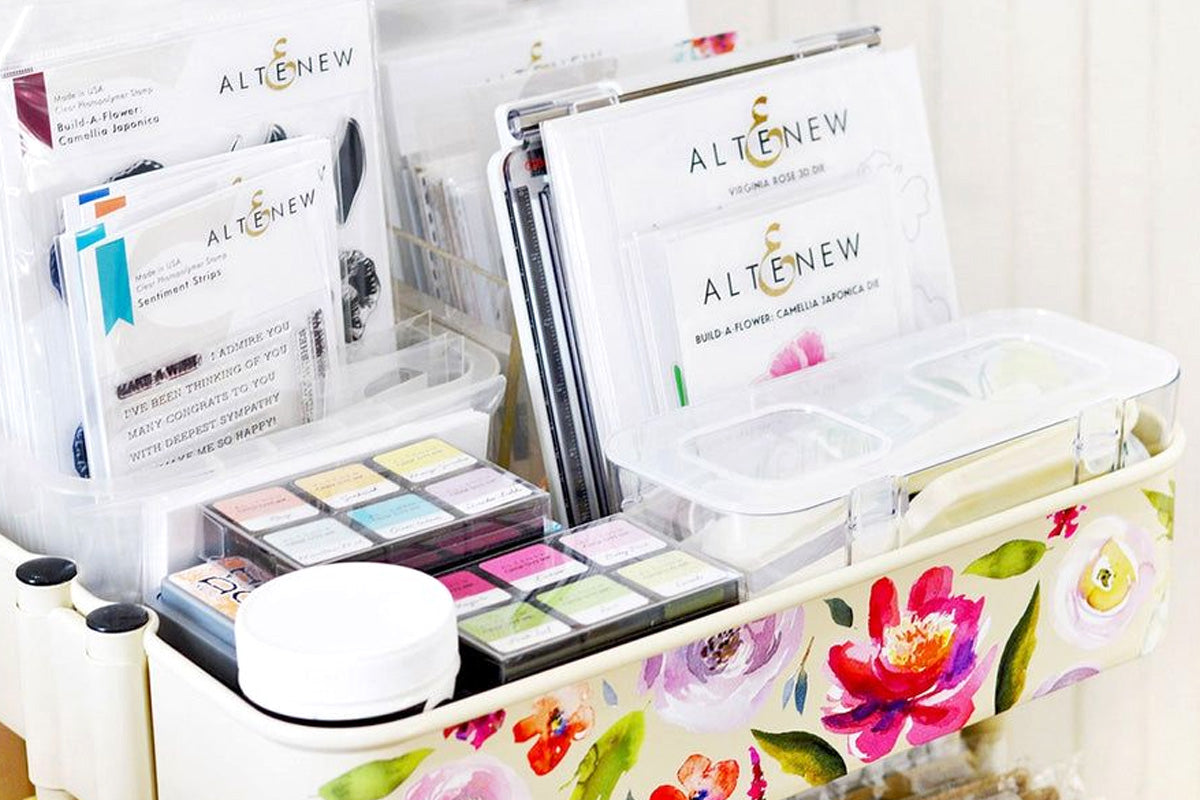
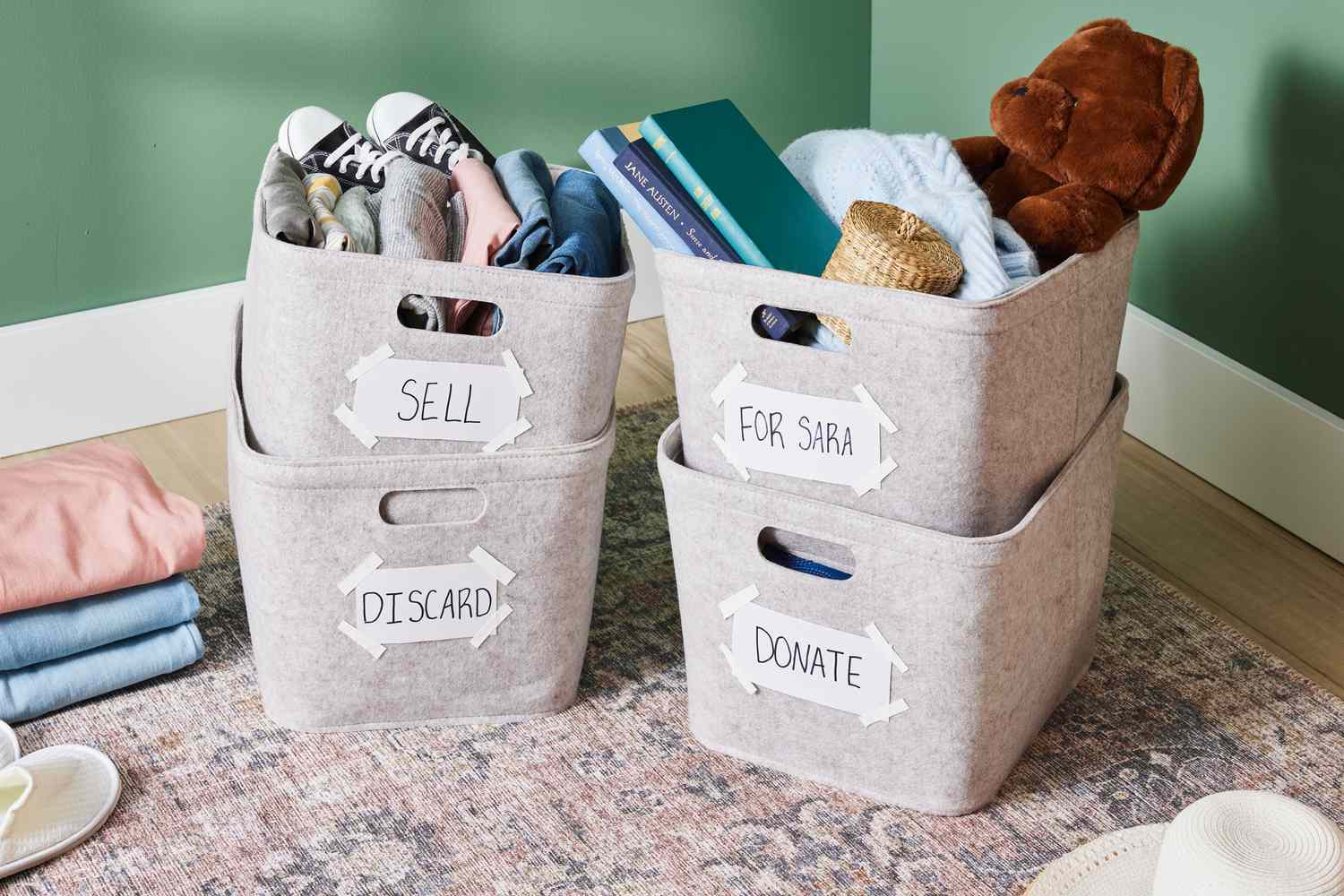

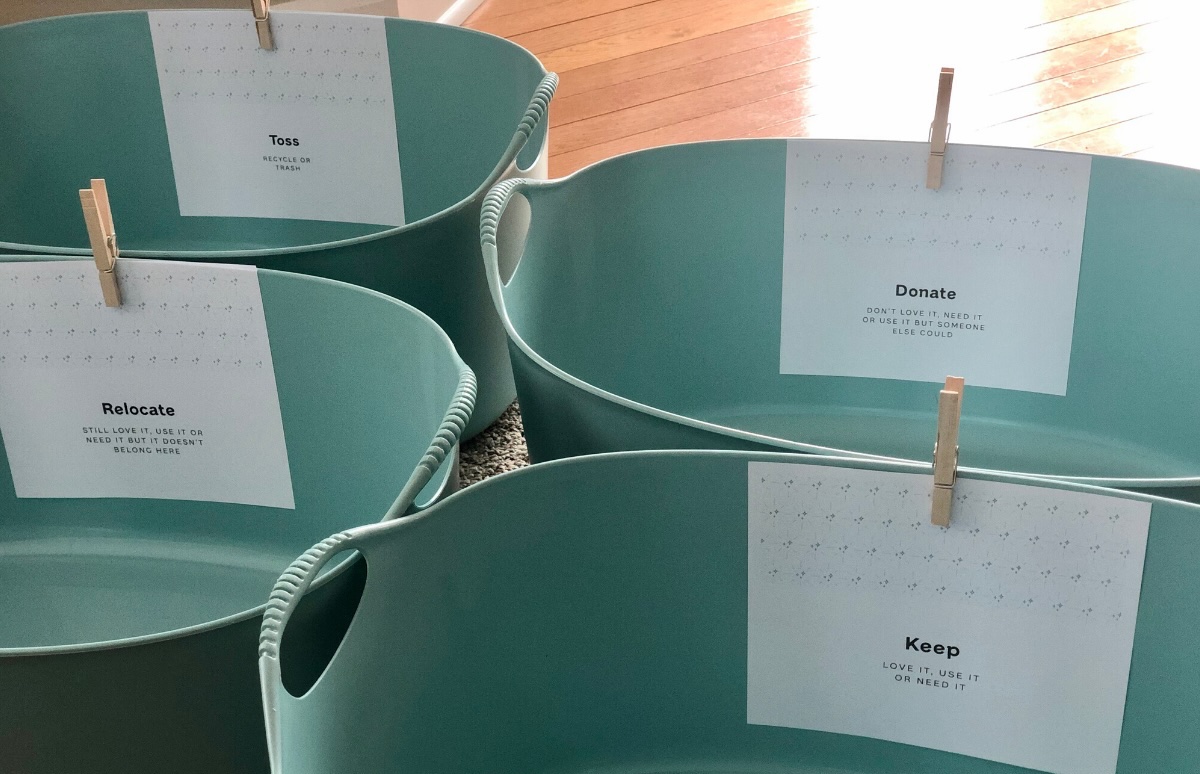

0 thoughts on “How To Declutter For A Move”